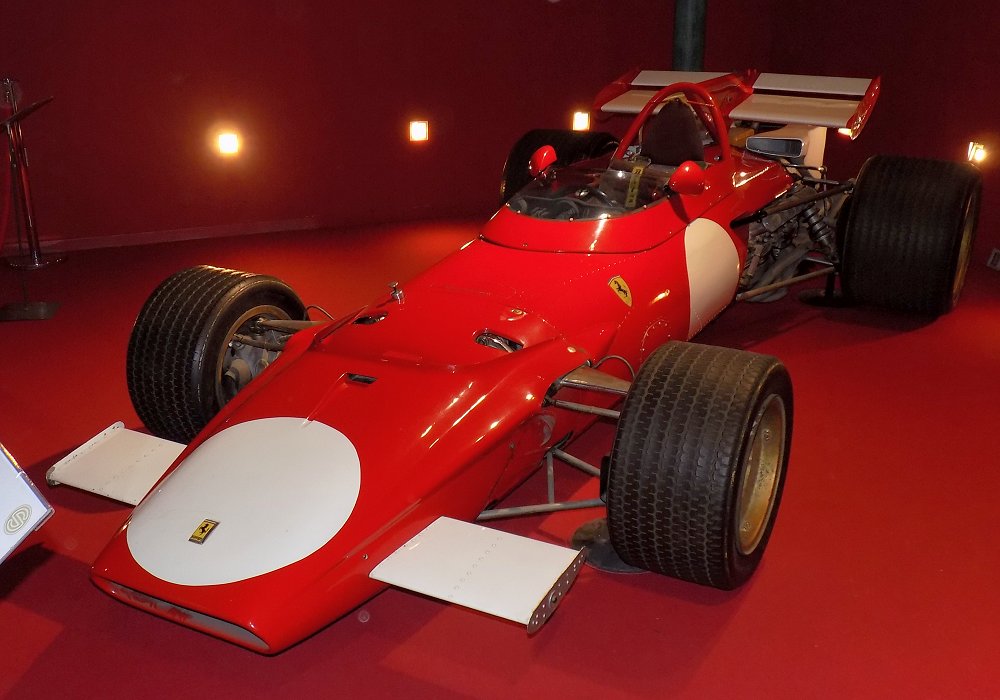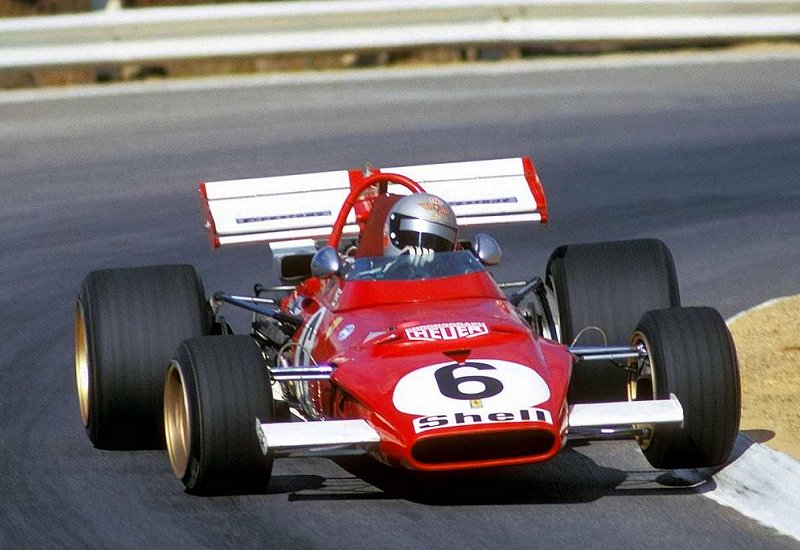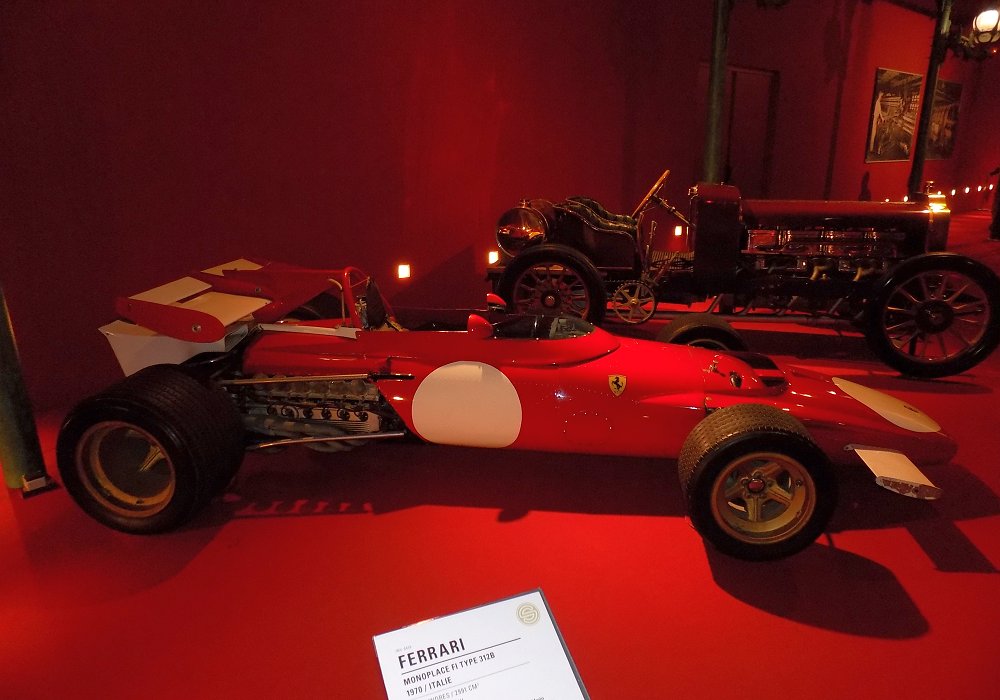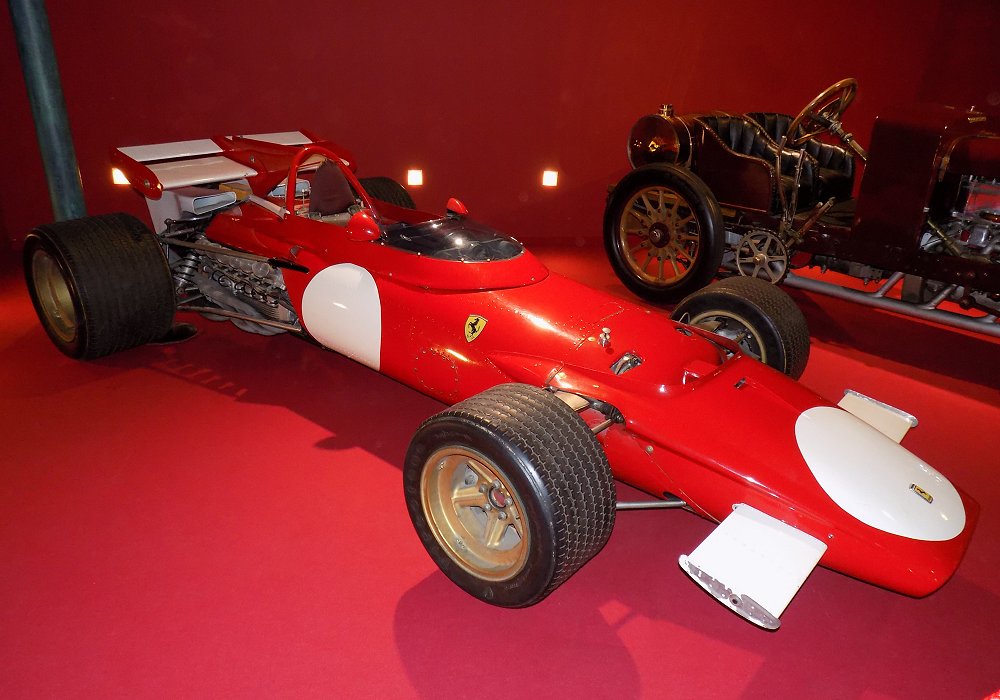Description
The Ferrari 312B F1 was introduced in 1970 and marked the beginning of a new era for Ferrari in Formula One. It replaced the aging Ferrari 312 of the late 1960s, which had struggled against the rapid progress made by teams like Lotus, Matra, and Brabham. With the 312B, Ferrari debuted an all-new flat-12 engine and a redesigned chassis that reflected a fresh engineering approach. The car’s name came from its 3-liter engine capacity and its 12-cylinder layout, continuing Ferrari’s naming tradition.
At the heart of the 312B was the Tipo 001 flat-12 engine, designed by Mauro Forghieri. This 180-degree flat engine was not a true boxer but rather a 12-cylinder with opposing pistons sharing common crankpins. It displaced 2,991 cc and produced around 450 horsepower at 12,000 rpm, with an incredibly smooth power delivery and a very low center of gravity. The flat-12 layout gave the car significant handling advantages by improving weight distribution and allowing a lower, more aerodynamic body profile. It was a bold choice that distinguished Ferrari from its rivals, many of whom continued to rely on V8 engines.
The chassis was a tubular steel spaceframe with aluminum panels, a conventional but robust design. Suspension was independent all around, with double wishbones at the front and a combination of wishbones and lateral links at the rear. The car featured disc brakes and was clothed in sleek bodywork that combined functional aerodynamics with Ferrari’s trademark elegance. Its wide, low stance was made possible by the flat-12 engine, and it gave the 312B an imposing presence on the grid.
In competition, the Ferrari 312B showed its potential almost immediately. It debuted at the 1970 Italian Grand Prix at Monza, where Clay Regazzoni drove it to victory, giving Ferrari a much-needed morale boost after the death of lead driver Lorenzo Bandini a few years earlier and the struggles of the 312. The 312B remained competitive throughout the 1970 season, with Jacky Ickx and Regazzoni both scoring strong results that reestablished Ferrari as a front-runner. Ickx challenged Jochen Rindt and Lotus for the championship, though the title ultimately slipped away after Rindt’s tragic death.
The 312B continued into the 1971 season with further refinements, but it faced increasing pressure from the likes of Tyrrell and Lotus, who were perfecting aerodynamics and chassis technology. While the flat-12 engine remained one of the most powerful and sonorous on the grid, the Ferrari chassis was sometimes outclassed by the more innovative designs of its rivals. Nevertheless, the 312B provided a strong foundation for the later 312B2 and 312B3 evolutions, which kept Ferrari competitive through the early 1970s.
Today, the Ferrari 312B is remembered as one of the most important Ferrari Formula One cars, both technically and historically. It introduced the flat-12 engine architecture that Ferrari would use in Formula One for more than a decade, powering the Scuderia through much of the 1970s. Its victories restored confidence in Ferrari after a difficult period, and its design set the stage for future successes. With its distinctive looks, glorious flat-12 sound, and competitive pedigree, the 312B remains an icon of Ferrari’s racing legacy.



